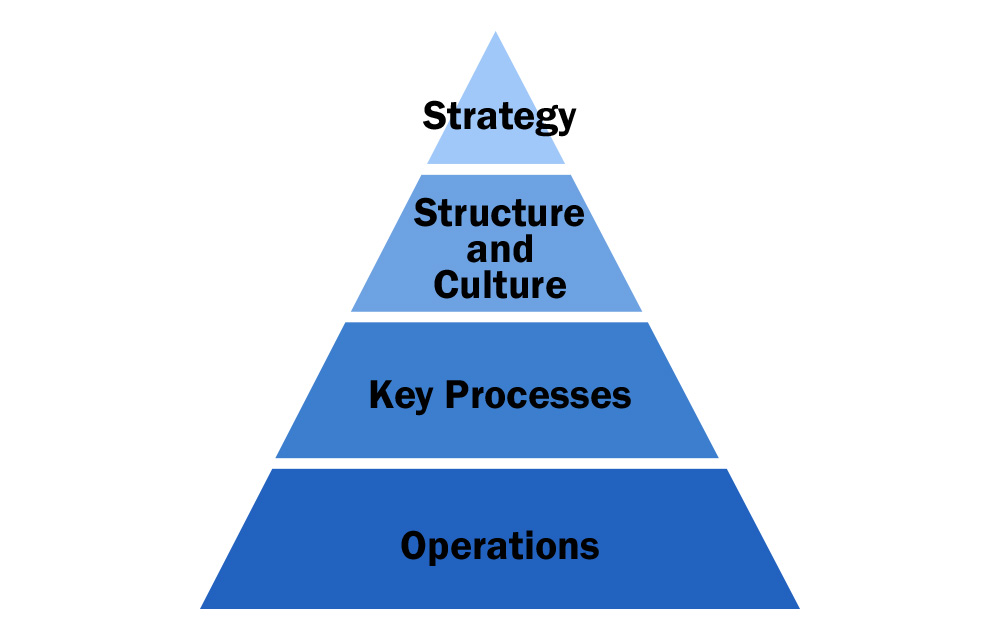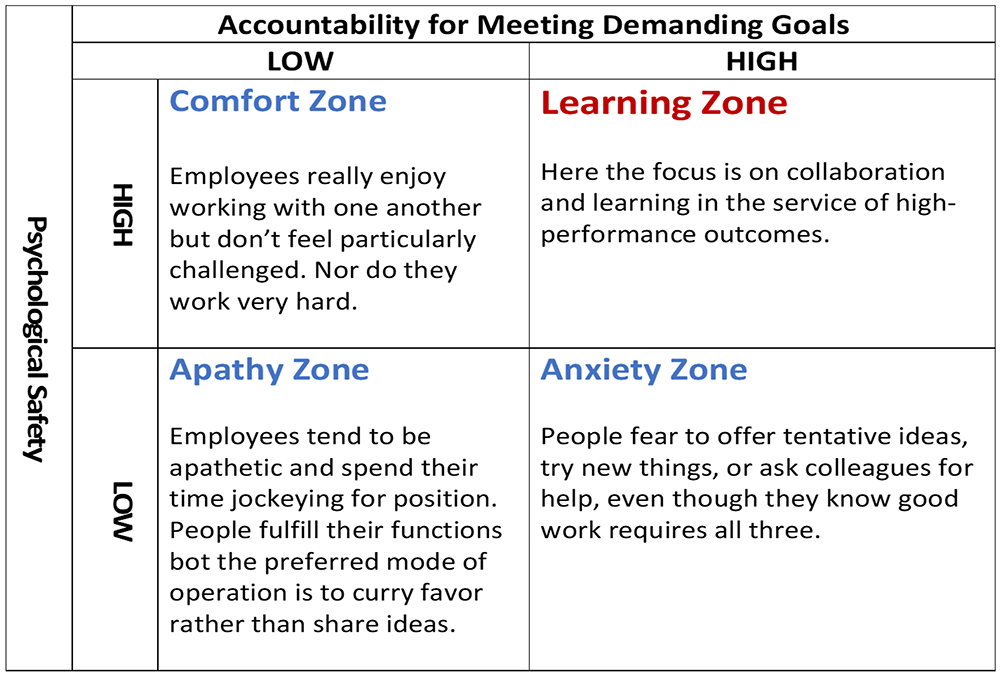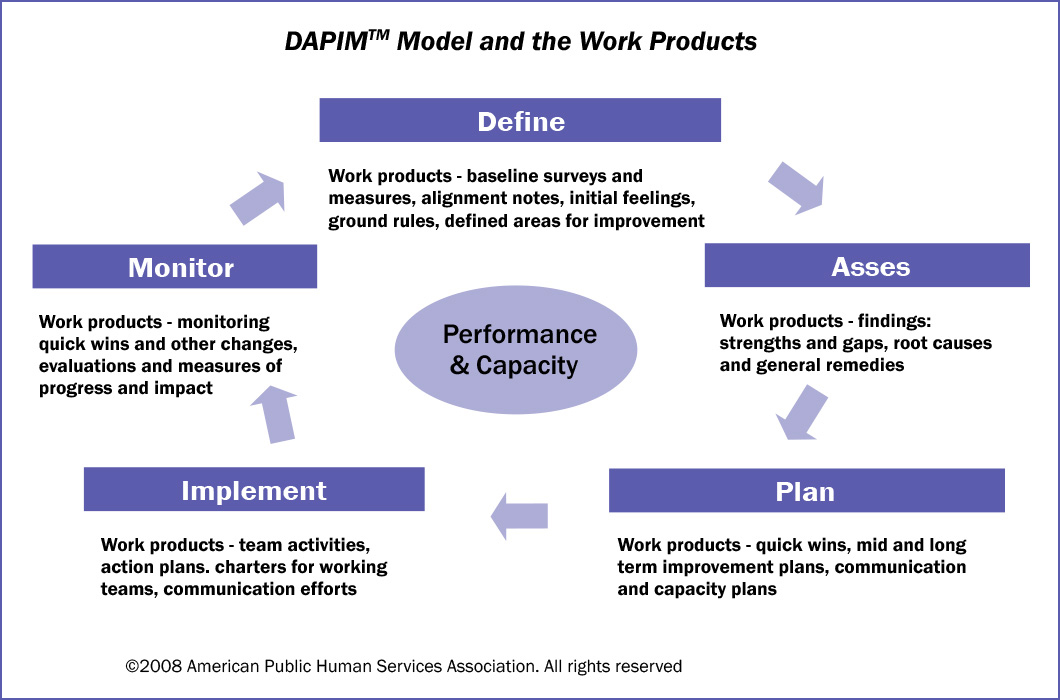ORGANIZATIONAL EFFECTIVENESS
Leadership Academy Current Workgroup Members
| Member Name | Agency Affiliation |
| Co-Chair: Crystal Natan | Lancaster County Children and Youth |
| Co-Chair: Christina Fatzinger | Pennsylvania Child Welfare Resource Center |
| Brian Bornman | Pennsylvania Children and Youth Association |
| Brandy Neider | Berks County Children and Youth |
| Shannon Walborn | Huntingdon County Children and Youth |
| Melodie Culp | Montour County Children and Youth |
| Lisa Wilcox | Sullivan County Children and Youth |
| Natalie Bates | Office of Children, Youth and Families |
| Maryann Marchi | Pennsylvania Child Welfare Resource Center |
| Michael L. Byers | Pennsylvania Child Welfare Resource Center |
| Jeanne Edwards | Pennsylvania Child Welfare Resource Center |
| Joan Wirick | Pennsylvania Child Welfare Resource Center |
| Lisa Kessler | Pennsylvania Child Welfare Resource Center |
For more information about the Leadership Academy Workgroup, or to become a member,
please contact Christina Fatzinger at cmf27@pitt.edu.
For additional information or to request a workshop:
| Crystal Natan | cnatan@co.lancaster.pa.us |
| Christine Fatzinger | christina.fatzinger@pitt.edu |
| Brian Bornman | bbornman@pacounties.org |
| Shannon Walborn | swalborn@huntingdoncounty.net |
| Melodie Culp | mculp@montourco.org |
| Lisa Wilcox | lwilcox@sullivancounty-pa.us |
| Natalie Bates | nbates@pa.gov |
| Maryann Marchi | mfm12@pitt.edu |
| Michael Byers | mib39@pitt.edu |
| Jeanne Edwards | jls192@pitt.edu |
| Joan Wirick | jgw21@pitt.edu |
| Lisa Kessler | lkk20@pitt.edu |
Understanding the OE Process
Welcome to the Organizational Effectiveness Department webpage! The subjects and links below contain resources to support you in your role as one of our partners. We invite you to review the information below as well as the entire CWRC website to learn more about CWRC and all that we have to offer. Please connect with your Practice Improvement Specialist, Regional Resource Specialist, or Regional Team Supervisor to learn more about CWRC and our resources.
DAPIM
DAPIM is an acronym for Define, Assess, Plan, Implement, Monitor. This method is used by the Organizational Effectiveness department to create systematic continuous improvement. Below is the DAPIM Flywheel that shows how a team would navigate improvement efforts.
Work Team Charter
When a county agency has agreed to utilize the OE Team and begin the DAPIM process, a collaboratively developed charter will be produced. This charter will serve as a guiding document that outlines the parameters of the work, organization of the project, outputs, and commitments.
Sponsor/Continuous Improvement Team
W]The Organizational Effectiveness model utilizes a Sponsor Team and Continuous Improvement Team (CI Team). The Sponsor Team typically develops the Work Team Charter and is comprised of your administration, which serves as a guide for the work. The CI Team is a diverse representation of employees from your agency. This CI team will use the DAPIM process with the assistance of the Practice Improvement Specialist.
Desired Future State
A Desired Future State (DFS) is an agency's ultimate vision for a specific topic. Your Practice Improvement Specialist will work with your team to create this vision, which will serve as a guide through the DAPIM process.
Root Cause Analysis
The process of Root Cause Analysis unpacks symptoms and identifies the root cause(s) of a gap area. By using this process, valuable time, energy, and resources can be focused for the development of an action plan. The Organizational Effectiveness team will often use Fishbone Analysis and the 5-whys in much of their work to identify root causes.
Useful Tools/Models
Managing Complex Change is an evaluation tool that addresses key components needed to create a successful plan.

(Source: Adapted from Knoster, T (1991) Presentation in TASH Conference Washington, D/C/ Adapted by Knoster from Enterprise Group. Ltd. )
Pyramid of Influence
The Pyramid of Influence defines the structure and tasks associated with each level of an organization.

(© 2008 American Public Human Service Association. All rights reserved)
Strategy work involves defining the aim and game plan of the organization -- what the organization is, what it intends to do and why, how it will do it, and what it needs to succeed. Structure and culture work involves modeling values and defining and communicating departments, jobs, levels, work teams, policies, and performance expectations. Key processes work involves defining specific processes and procedures that translate strategy and desired structure and culture into guidance for day-to-day work. Operations work involves implementing key processes, providing services to clients, and managing individual performance.
Safety and Accountability Matrix
The Safety and Accountability Matrix is used to identify your employees' current level of functioning, in terms of their ability to meet their goals.

Harvard Business Review - July-Aug 2009 - hbr.org
If you are interested in learning more about the Organizational Effectiveness Model and how it can positively impact you or your agency, please contact your Practice Improvement Specialist or consider attending the OE Facilitator Training.







